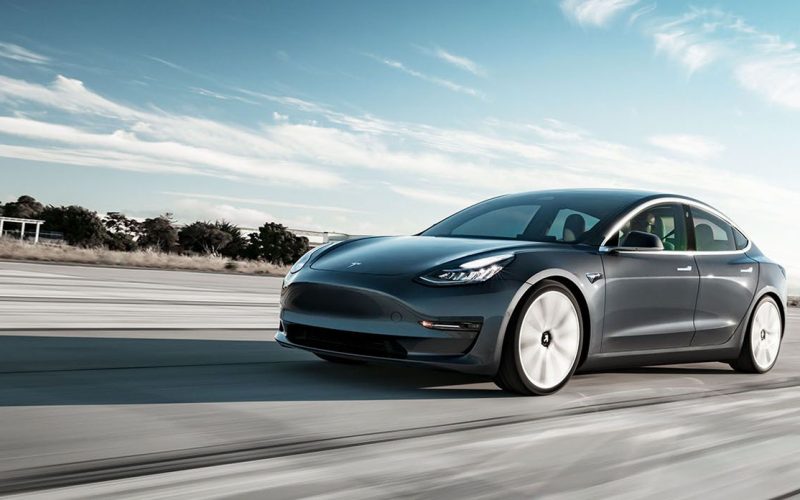
Reading Time: 6 minutesWith regular unleaded soaring over $2.00 per litre in some provinces, and expectations for even higher
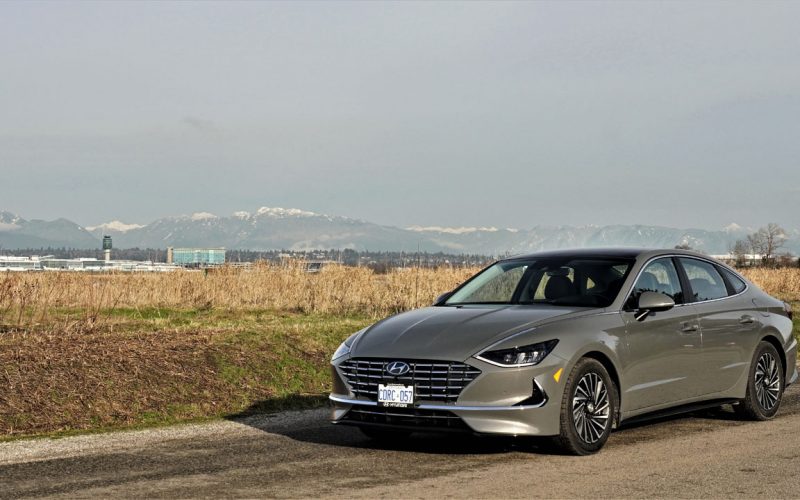
Reading Time: 9 minutesThe mid-size sedan might be a dying breed, especially in Canada where they’ve never been as
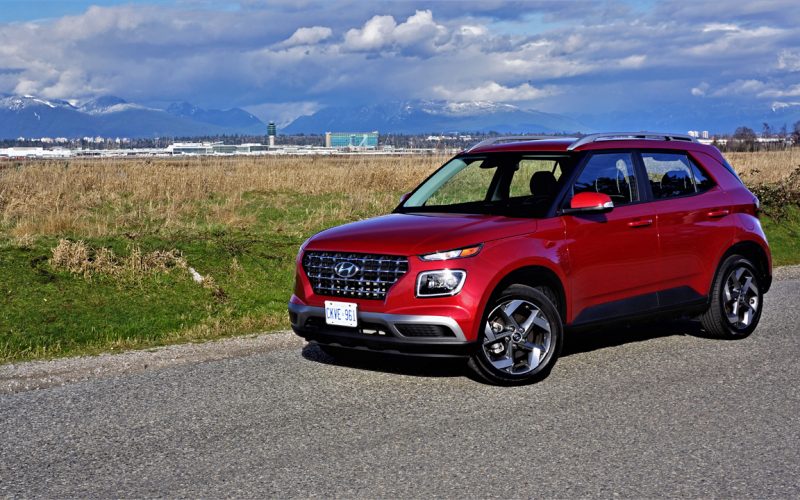
Reading Time: 18 minutesIf you want to know where the future lies in the automotive industry, just look where
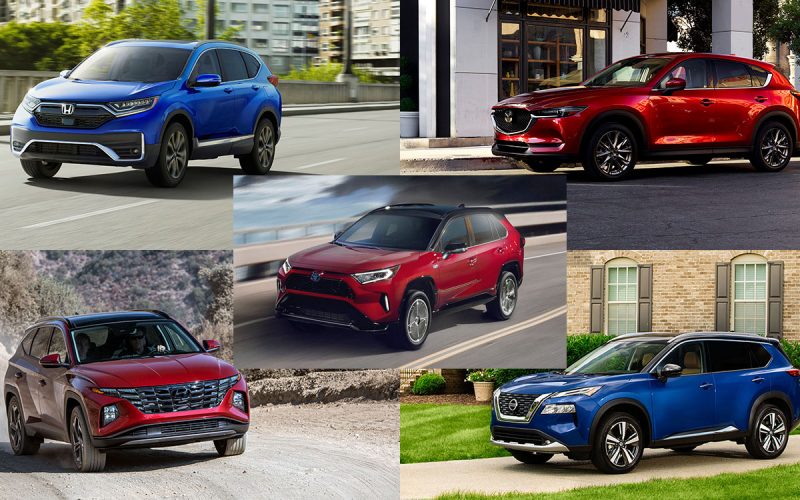
Reading Time: 12 minutesThere’s no hotter segment in today’s car market than the compact crossover SUV. Having started in
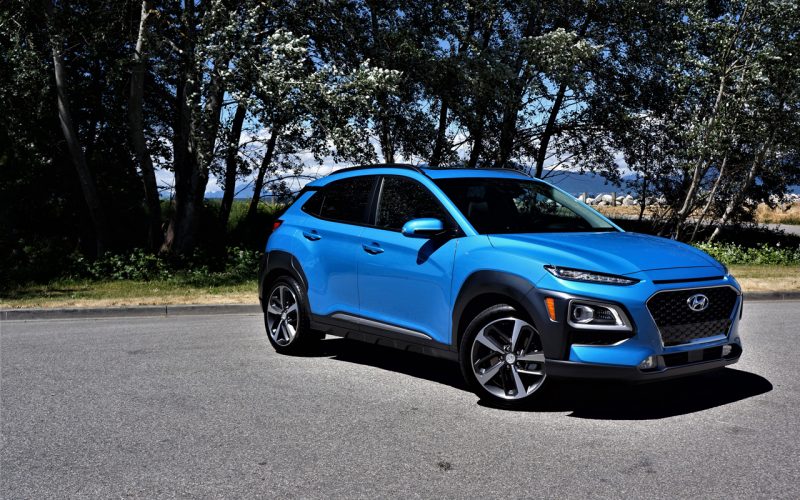
Reading Time: 12 minutesIn the burgeoning subcompact SUV segment, one model stands above them all. Kia’s Kona only arrived
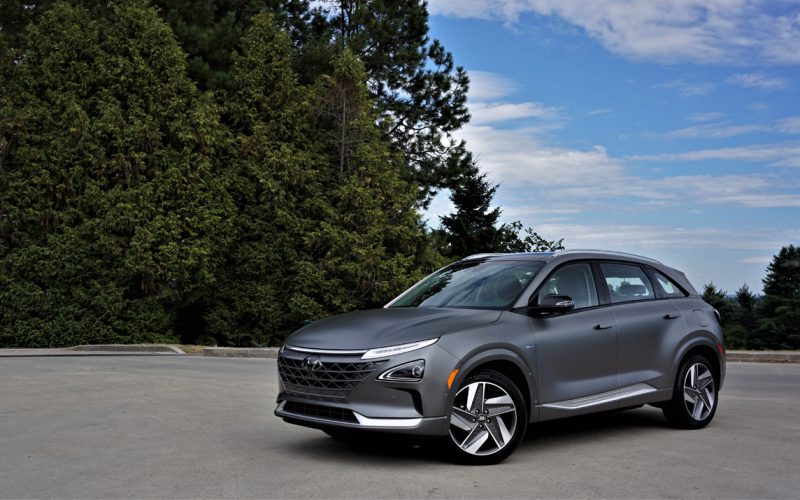
Reading Time: 13 minutesFuel cell vehicles have been around a while. The first one I drove was Ford’s Focus
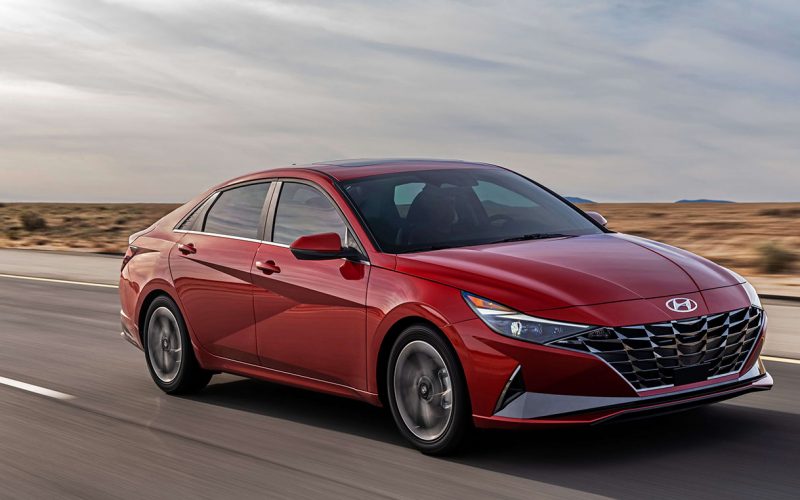
Reading Time: 3 minutesJust as the glitter and confetti from all our New Year celebrations is being swept up,
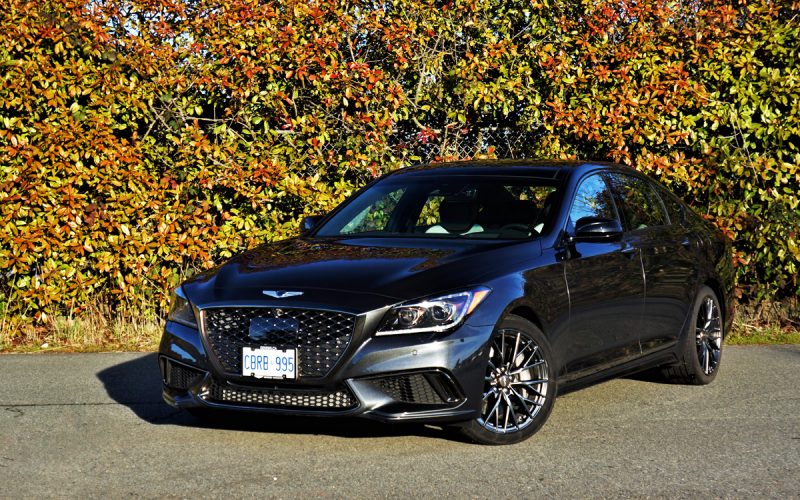
Reading Time: 13 minutesIf you were smart enough to purchase a 2015-2016 Hyundai Genesis Sedan back when it was
© 2025 The Car Magazine. All Rights Reserved, Privacy Policy | Terms of Use